The Nokia 7 Plus is the most compelling phone from the Finnish brand in a long time. It’s a return to form, if you will, of a brand once known for leading the cellphone market.
I’m talking about the Nokia before it was bought and sold by Microsoft in recent years. Now devices such as the Nokia 7 Plus are s made under license by HMD Global, which is based in Finland and China.
The pivot to Android should have happened long ago, I hear people say. But all that is water under the bridge now. Most importantly, as the latest Nokia-branded phone in a while, the Nokia 7 Plus is better than expected.
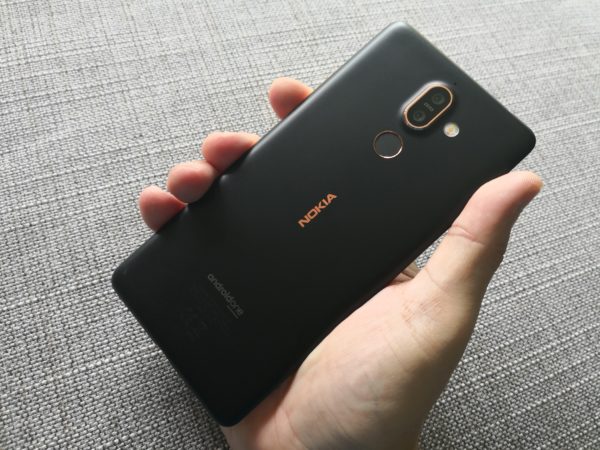
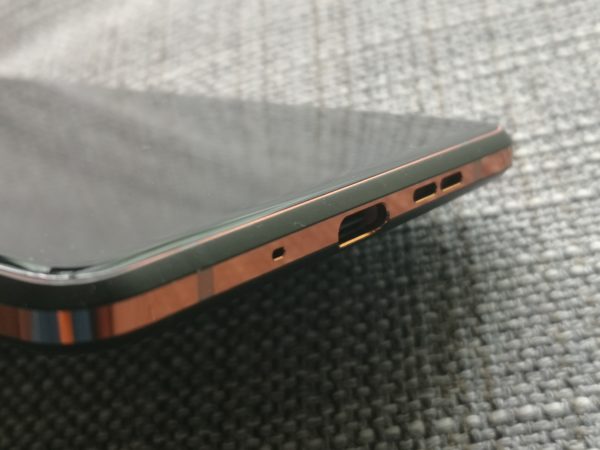
With a body that is carved out from a single block of aluminum, the Nokia 7 Plus doesn’t feel cheap at all, despite its modest mid-end price of S$599.
Around the edges you find a copper-coloured accent and at the back, you get a feel of the luxurious of the ceramic-like cover. The phone looks and feels classy.
It sets itself apart by avoiding the glass back or fancy-looking colour gradient effect at the back, which have become common on flagships today. This is one for folks looking for something different.
The size is also just right for my hands. With the thickness of the phone at 7.99mm (9.55mm with the camera bump) and weighing in at 175g, the Nokia 7 Plus feels just right.
It is not too shabby in the performance department either, with the use of the mid-range Qualcomm Snapdragon 660 chip, 4GB of RAM and 128GB.
HMD Global has also provided with a microSD card slot in place of the second SIM card slot, should you want to expand the storage capacity.
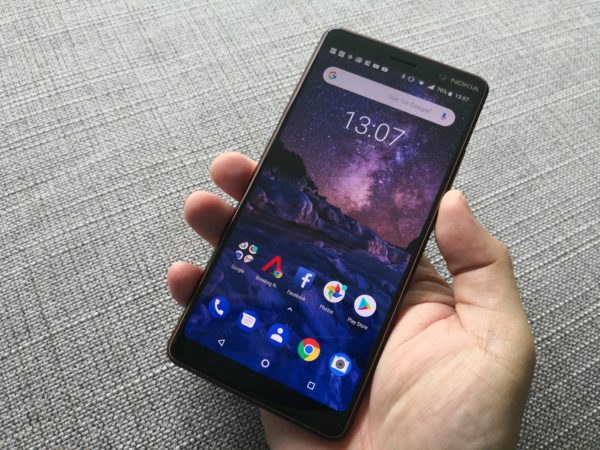
The phone may feel a bit broader than the competition, but I appreciate the perceptively larger 18:9 6-inch Full HD LCD screen as it is not as longish as the competition. The colour reproduction is also a joy and the brightness is enough for daily outdoor use too.
If you are into video streaming, you’d be happy to know there’s a 3.5mm headphone jack on this Nokia phone. It is especially useful when the speaker puts out rather feeble-sounding audio, which is the most disappointing part of the phone.
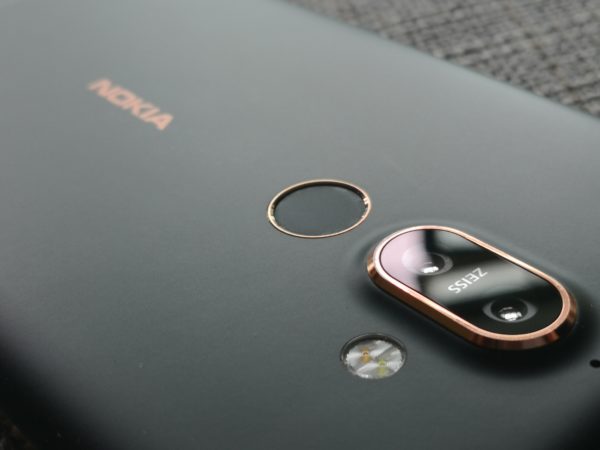
Like most smartphones these days, the camera on the Nokia 7 Plus gets the most attention from the manufacturer. It sports optics from Zeiss, a notable German optics manufacturer famous for its lenses.
Huawei has done very well by working with another German lens maker, Leica, and surely HMD Global will be keen to replicate that success. On the Nokia 7 Plus, the images can be pretty decent.

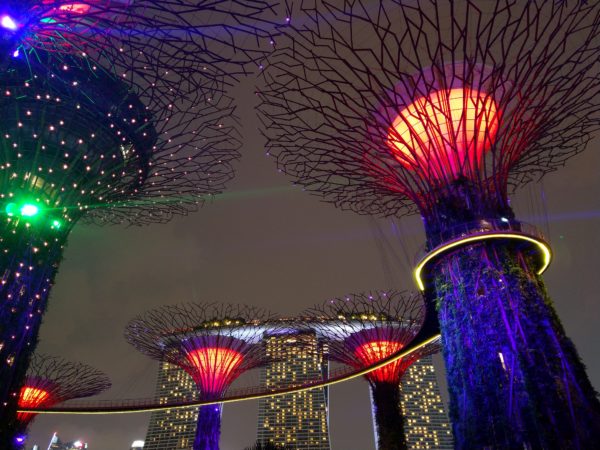

I enjoy using the Nokia 7 Plus’ camera. With the right setup, the dual camera system using a 12MP colour sensor with f1.75 wide angle lens and 13MP f2.6 telephoto lens can perform better than other phones in its range.
The front-facing 16MP selfie camera is also equipped with a wide-angle f2.0 Zeiss lens too, so this will come in handy for folks who like to take lots of fun self portraits.
There are a few niggles, though. The maximum shutter speed I can use with the phone is only 4 seconds, So, if you want to use the phone for creative shots of light trails, you’re limited.
The changing of the camera modes can also be easier. If you are holding the phone horizontally with your right hand, you’d need your left to switch between modes.
That’s because the icon resides in the bottom left corner of the screen, which is impossible to reach with my right thumb. This makes for some awkward moments when firing away.



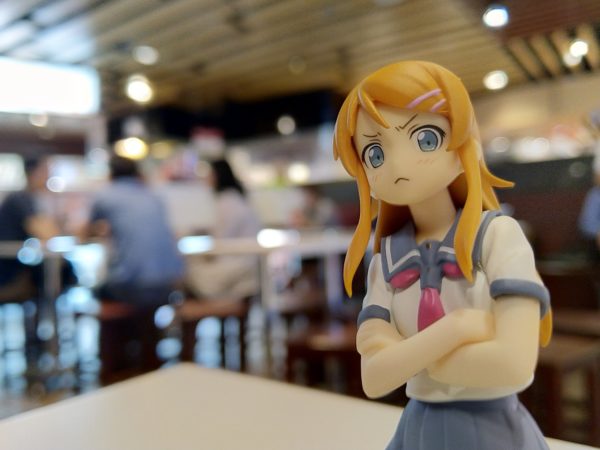

One more thing that differentiates the Nokia 7 Plus is being on Android One. Besides doing away with a lot of the crapware that comes with phones these days, this cleaner version of Google’s operating system also brings timely updates.
For users who prefer a less cluttered version of Android, this will surely appeal. And like other Android One phones, the Nokia 7 Plus comes with free cloud storage for all your photos and videos in “high resolution”.
That’s Google-speak for reduced file sizes from the original, but is a service that is still good for backing up or sharing your stuff easily.
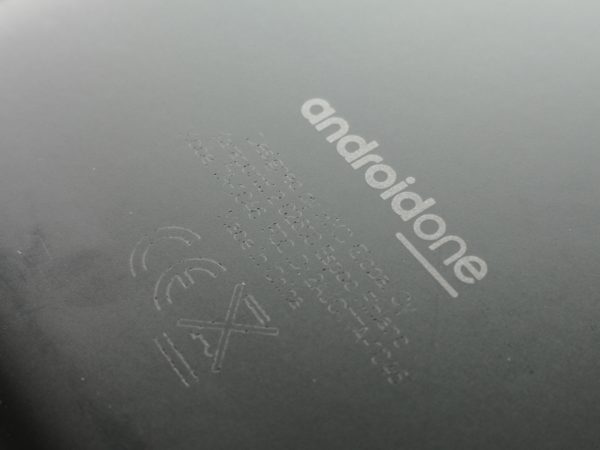
The Nokia 7 Plus is not a perfect phone but there are more hits than misses, for sure. And for S$599, it punches above its weight.
Better yet, it has a strong design language of its own. That’s refreshing at a time when Android phone makers feel they have to have a glass back that attracts fingerprints or put up the controversial iPhone notch at the top.






